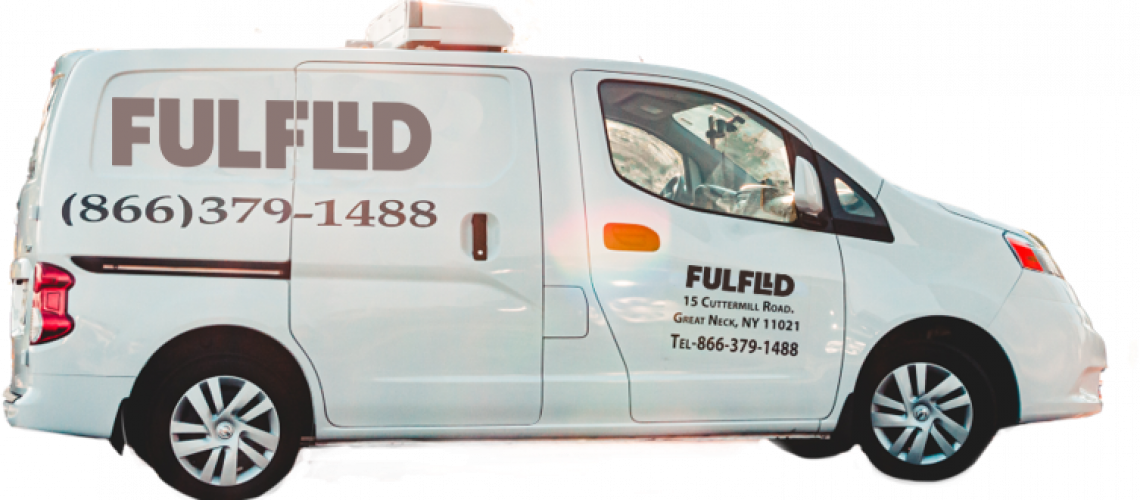Which Is More Affordable?
Last mile delivery refers to the final stage in the delivery process, wherein a package or order is actually brought to the customer. Despite this being arguably the most important step in the supply chain pipeline, it is also the most resource-intensive and expensive, accounting for up to half of total transport costs.
As companies look for ways to make last mile delivery more affordable, they often consider the costs of owning versus renting last mile delivery fleets. Which is more expensive? And what are the trade-offs for a better price?
Is Owning or Renting Last Mile Delivery Trucks More Expensive?
While some businesses can afford to integrate entire fleets of last mile delivery vehicles into their supply chain process, the vast majority of companies can’t shoulder such costs. This is especially true for small businesses, local shops, and geographically dispersed chains. Each of these types of organizations must choose between leasing or buying last mile delivery trucks themselves or using a last mile delivery service (i.e., renting the trucks and drivers).
The Cost of Owning Last Mile Delivery Fleets
The average cost of ownership per light-duty vehicle ranges from $5,000 to $8,000, depending on the exact make, model, and condition. Light-duty vehicles refer to those that are under 10,000 pounds GVWR. Heavy-duty vehicles will increase costs.
The price of gas is another serious expense, complicated by the fact that prices rise and fall based on several factors. There are ways to mitigate this cost, such as investing in fuel-efficient vehicles and implementing proactive fuel management programs. However, these methods involve long-term strategic planning, whose cost reductions will only pay off after time versus immediately.
You’ll also need to take into account the miles traveled per fleet vehicle. Optimizing routes can help reduce costs in this area and decrease fuel consumption, but that requires mapping technology that can update in real-time. Integrating such technology, while necessary, is another cost to consider.
Additional expenses include preventative and regular vehicle maintenance, insurance fees, driver trainings, and any special equipment (such as food warmers).
The Cost of Renting Last Mile Delivery Fleets
One of the greatest benefits of renting last mile delivery trucks is that there are several different payment strategies that companies can choose between depending on their needs and budget. For example, a last mile delivery service may allow clients to pay per delivery, per hour, or even per day. Prices may also fluctuate based on the size of the delivery. Essentially, this means that customers only pay for what they need.
Using a last mile delivery service that takes care of this critical step for you also had the advantage of being instantly scalable. Whereas businesses that own delivery vehicles can’t easily decrease or increase their fleet size, businesses that rent delivery vehicles can do so in the span of a day. As a result, rental services are more friendly to as-needed cost-cutting measures.
Some last mile delivery services also require no upfront costs or contract, which reduces how much companies have to spend in the short-term. To test out a last mile delivery service, request a demonstration and inquire about free trials.
Is Owning or Renting Right For You?
Ultimately, each company must decide whether owning or renting last mile delivery trucks is the more sound financial plan based on their budget and operating expenses. No matter what you choose, make sure to thoroughly research how it will affect your company in the future, both in terms of business and finances.
There are four primary components of such research: the trucks, the drivers, the location, and the technology. Consider which trucks will best service your needs, what your company requires in terms of drivers, what geographic areas can be realistically serviced, and what delivery tracking technology you will need. This can all be customized according to your company’s needs if you decide to buy your own fleet. But for those who decide to rent vehicles, make sure to closely collaborate with the last mile delivery service to ensure they are the best choice.



